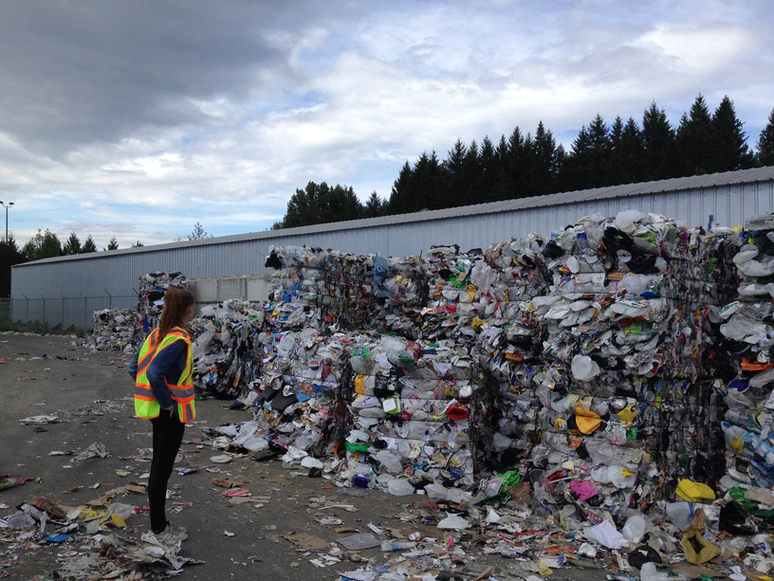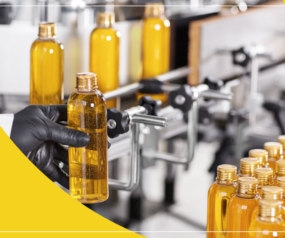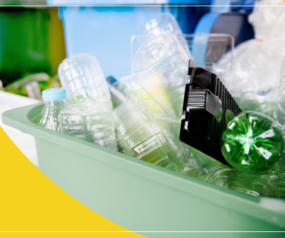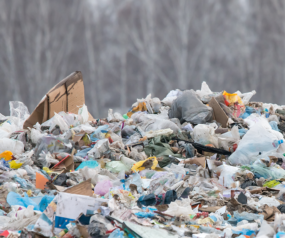The Different Types of Recyclable Plastics
Recyclable plastic is as essential as it is multifunctional. Bottles, containers, packaging, and other common goods are all being made out of it. It’s critical to consider the environmental impact of plastics before selecting a material for your product or consumption. In this article, we are here to inform you about the different types of recyclable plastics that you can use to live a more environmentally friendly lifestyle.
What plastics can be recycled?
You may have heard that there are currently seven primary forms of plastic worldwide. Each plastic type has a number, also known as an SPI code, that tells you everything you need to know about the material’s safety and biodegradability. Having a working knowledge of these codes will aid you in sorting recycled goods.
- PET (Polyethylene Terephthalate)
When it comes to plastic recycling, PET is by far the most extensively used material. Food and beverage packaging is the primary usage for this material because of its excellent ability to keep oxygen out of its contents. Food and beverages stored in clear PET plastic containers can impart their odours and aromas to the plastic, which is typically considered harmless.
In case you don’t know, PET bottles can be recycled into more PET bottles. One of the few polymers used in these containers can be recycled into a new beverage bottle time and time again. In order to increase the material’s strength for use in a new product, PET is typically blended with recycled material in a ratio of virgin material to recycled material.
- HDPE (High-Density Polyethylene)
HDPE, the most prevalent recycled plastic, is generally accepted by the FDA as safe for food contact. Since HDPE is one of the most easily recycled plastic polymers, it is accepted by most recycling facilities worldwide. HDPE, like PET, can be transparent or coloured (coloured).
Naturally recycled HDPE is used in non-food applications like detergent and motor oil bottles and packaging films such as plastic bags. Those using coloured HDPE post-consumer recycled resin can find it in items such as pipe or lawn care products or non-food application bottles. HDPE is frequently recycled into plastic lumber, tables, roadside curbs, benches, and other long-lasting plastic items (recycling which includes reusing components for lower-value products).
- V or PVC (Polyvinyl Chloride)
Polyvinyl chloride (PVC), or Vinyl, is a popular plastic that is hard and flexible. PVC, which can be found in a variety of everyday items such as credit cards, food wrap, plumbing pipes, tiling, and windows, is rarely recycled. Don’t put anything made of PVC near food or drink. PVC can be turned into flooring, panelling, and roadside gutters, among other things, through specialised procedures.
- LDPE (Low-Density Polyethylene)
The structure of LDPE is the most straightforward of any plastic, making it the most readily available. That’s why it’s most commonly used for various bags. Many everyday home items such as LDPE packaging and squeezable bottles are made of this type of plastic. More recycling programmes are now accepting LDPE plastics, however, recycling them is still difficult. Garbage bins, panelling, flooring and bubble wrap, are all manufactured from recycled LDPE.
- PP (Polypropylene)
Polypropylene is a strong, robust, and heat-resistant material. When appropriately recycled, polypropylene can be transformed into fibres and used to make things like garments, tubs, ropes, and bottles. Additionally, Tupperware, car parts, thermal vests, yoghurt containers, and even disposable diapers are all made of this plastic. Pallets, ice scrapers, rakes, and battery cables can also be made from recycled PP. However, even while it can be recycled, it ends up in landfills far more frequently than not.
- PS (Polystyrene)
Polystyrene is an immediately recognised plastic found in throwaway dinnerware, drinking cups, insulation, packaging materials, and egg cartons. Since it is inexpensive and cheap to produce, it is prevalent in the current market. Styrofoam is known for releasing hazardous chemicals, especially when heated, making it very difficult to recycle. Polystyrene is challenging to recycle due to its bulky yet lightweight characteristics and its petroleum-based composition. Similar to PP, it is often discarded, however, some recycling programmes may accept it. PS can be recycled into a variety of products, such as insulation, school materials, and licence plate frames.
- Other plastics
To classify all plastics that do not fall into one of the preceding six categories, the SPI uses code 7. Bisphenol-A (BPA) is a carcinogen found in this variety of plastics, including many common household items like sunglasses, computer cases, nylon, compact discs, and infant bottles. These polymers are not only hazardous, but they are also challenging to recycle because they do not decompose readily. Whenever recycling plants accept it, plastic #7 is turned into plastic lumber and other speciality items.
Plas-Pak may be the company you’ve been searching for if you are still having trouble finding trustworthy plastic manufacturers. They can provide the proper insight to help you recycle and reuse all your discarded plastic products and provide high-quality plastic packaging and products for you and your business!





